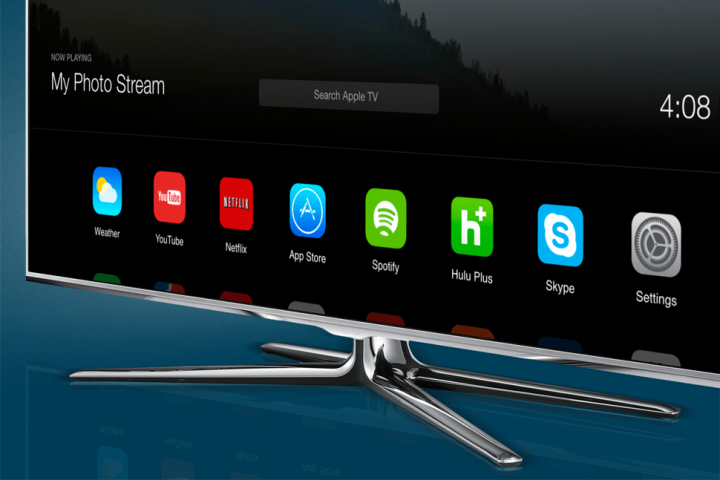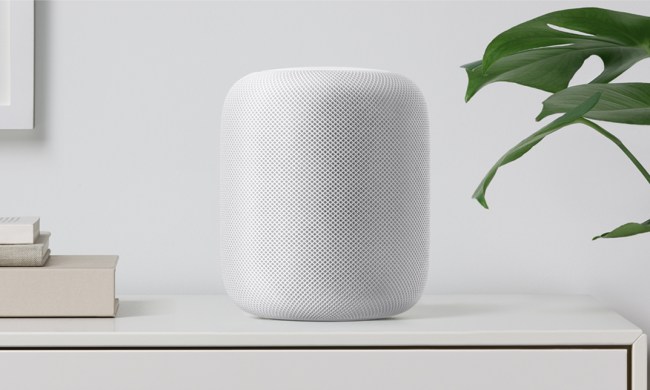
When it comes to innovation and invention, it doesn’t matter who was first, it matters who was best.
The point? When it comes to innovation and invention, it doesn’t matter who was first, it matters who was best. Apple already impressed this upon the world with the iPod, iPhone and iPad, and now it looks like streaming Internet TV could be next. Though Dish Network got there first with Sling TV, substantial new rumors indicate Apple is experimenting with a similar TV platform. Sure, we’ve heard it all before, and have been repeatedly disappointed, but that was before Dish blazed a very real trail.
Of course, Apple doesn’t just get to show up later and win the game – it does so by executing the little details nobody else got right. What does that mean with Internet-based television? We’ve tried the first offering of the genre, and here’s what’s left for Apple to fix.
Step 1: Create a killer interface
Apple is the king of crafting user interfaces so gorgeous you want to jump in and live there. To do Web TV right, the layout will need to be slick, and smooth as silk. It can’t just look better than the archaic channel layout from cable, it has to crush it.
Search will need to be more intuitive than what Sling TV currently offers (Siri, anyone?), and it wouldn’t hurt if it were platform agnostic, so that you can search for a show and see that it’s available on say, Netflix, Hulu Plus and Amazon Instant, rather than just iTunes. Bringing all this scattered content together in one place will bring the new service to the head of the class — which brings us to our next category.
Step 2: Accompany it with killer hardware
At over two years old, the current AppleTV streaming device is on its way to becoming the Rip Van Winkle of media streamers – you know, the old guy who falls asleep for decades and wakes up to discover the whole world changed. Reports have claimed that Apple has been waiting to upgrade its hardware while it negotiates plans for a TV service, even working with Comcast at one point to get the job done. But now that Sling TV has arrived, there’s no time left to dawdle.
Along with a next generation Apple TV, adding the service to iPhones and iPads will be icing on the cake, creating an option for those who don’t want to throw down $100 to get in on the action, with the potential for connecting to your TV through other devices, like Google’s affordable Chromecast.
Step 3: Keep the price down, and the a la carte in
Sling TV isn’t quite everything we hoped it would be in the flesh, but its primary strengths include a very manageable opening price of $20 a month, a slim but diverse offering of core channels, and the ability to add $5 bundle packs. Conversely, Sony’s Playstation Vue service is slated to be a bloated offering with around 75 channels, and a likely price of $60 to $80 per month. A mirrored version of cable on the Web does not a revolutionary new service make.
Apple will have to compete with Dish’s $20 entry price, which seems to be the sweet spot for those already leveraging their hard-earned dollars across three or more streaming services. Of course, affordable add-on packs can always be part of the equation.
Step 4: Land ESPN
When it comes to the content people want, it’s not rocket science. Sling TV exploded in initial popularity mainly because it offered live sports through ESPN and ESPN2, and another add-on sports package is reportedly in the works. This will be no easy get for Apple — Dish was able to acquire the Disney-owned property through some fancy negotiation over its AutoHop feature. But if Apple wants in, ESPN is all but a necessity.
Step 5: Real time-shifting
One source of disappointment with Dish’s new service is that time-shifting — the ability to pause, rewind, and fast-forward through TV content — is limited, and only available in any form on a select number of channels. This is likely because of the tightrope Dish walked to land content contracts, and to prevent cannibalization of its own satellite TV service. But if Apple really wants to do it right, DVR-style time shifting is a must.
Step 6: Better resolution
Our other main issue with Sling TV was the picture quality. While it claims to offer the same resolution of cable and satellite (720p to 1080p) it didn’t come across visually. The picture is just a little dingy, and doesn’t cut the images as cleanly as what you’ll get from satellite or cable, let alone the less compressed signals of over-the-air HD broadcasts. For a seriously enticing offering that rivals cable and satellite, Apple will need to find a way to look cleaner and clearer.
For an offering that rivals cable and satellite, Apple will need to find a way to look cleaner and clearer.
That may require a more direct connection to the Internet pipelines that run directly into our homes, but luckily, that’s something Apple has been rumored to be working on for some time. The company has already created its own CDN (Content Delivery Network) to transmit updates to iTunes and other products more efficiently. And the company has also been brokering deals with major ISPs for faster connections, according to industry analyst Ray Coburn. Whatever it takes, high resolution is an important facet to help get this service airborne.
Step 7: Just get it done, already
Apple has been dancing around the idea of getting into TV in some form or another since long before the late, great Steve Jobs passed on. The Apple TV is aging, Sling TV is expanding, and Apple needs to move before we all tire of the rumors and move on to Dish’s product, or another offering.
Apple is used to showing up fashionably late, but it’s also possible to show up too late, when the party is already over. Look at subscription music: Apple allowed Spotify to seize the lead and rope in millions of subscribers before it showed up late with Beats Music, which struggles to compete in its current form.
Whether the service can accomplish such lofty goals or not, if nothing else, Apple’s entry will spawn some much needed competition in a burgeoning new industry. And that’s good news for all of us.







